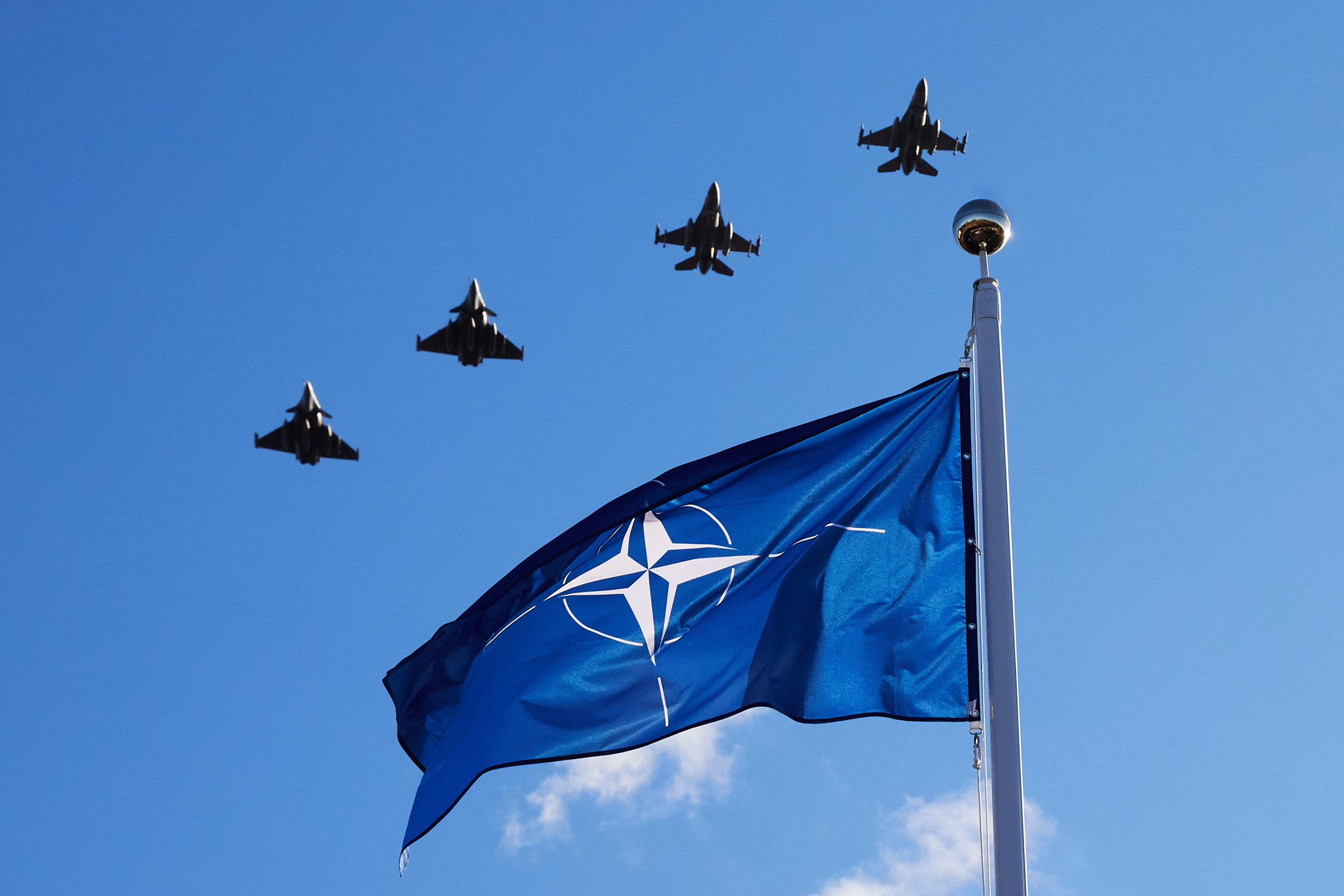
How Much Does NATO Cost the US?
Taxpayers for Common Sense
(January 9, 2025) — The cost of US participation in the North Atlantic Treaty Organization (NATO) has been the focus of much discussion and consternation in recent years, all the more so in light of President Trump’s relatively unconventional perspectives on the alliance.
While indirect political and financial costs and benefits of US participation in NATO over the years are worthy of consideration, that’s a subject for another time. But as a starting point, it’s worth understanding the direct costs of US participation in NATO as we prepare for an incoming administration that seems likely to weigh in on the issue.
When people talk about the costs of NATO, they are often referring in large part to the percentage of Gross Domestic Product (GDP) that each NATO member spends on its military. This metric has been an effective means of gauging the relative investments of NATO countries on their respective militaries, which in turn contribute to the alliances’ collective military capabilities.
(As an aside, while military spending as a percentage of GDP is useful in this context, it offers a highly skewed and misleading sense of US military spending patterns when considering the US military spending alone, as we explained in opposition to a proposal to ramp up US military spending to 5 percent of GDP.)
Setting shared goals for military expenditures as a percentage of GDP has helped generate buy-in (literally) to the alliance, and in theory helps ensure that no alliance member feels they are putting in more than they get out of the alliance.

In 2014, NATO members agreed to a goal of spending at least 2 percent of GDP on their militaries by 2024. By 2020, only 11 of NATO’s then-30 member nations had met the 2 percent goal. In 2024 however, 23 of NATO’s now-32 member nations had met the 2 percent goal, including the United States, which spent 3.1 percent of its GDP on the military in 2024. Poland topped the list of NATO member spending in 2024 at over 4 percent of GDP.
However, the goal posts may be moving. In August 2024, President Trump said he would “insist that every NATO nation must spend at least 3 percent.” More recently, he said he would call on NATO members to spend 5 percent of their GDP on their militaries, an increase that would require the United States to spend an additional $500 billion per year on the military.
Wherever the goal posts land, the GDP metric is clearly significant in terms of maintaining a sense of fairness within the alliance. However, it does not measure direct costs in the sense that NATO members would be spending a percentage of GDP on their militaries whether or not they were a member of the alliance — in fact some could arguably end up spending more on their militaries were it not for the security benefits of the alliance.
The direct costs of US participation in NATO are far more modest than the nearly $900 billion in national security spending just authorized by Congress in the FY 2025 National Defense Authorization Act. NATO’s direct costs to member nations, often referred to as “common funding,” came to €4.6 billion in 2024, or about $4.7 billion in US dollars, with each member nation contributing a percentage of their Gross National Income (GNI).
US contributions accounted for about 16 percent of these common funds in 2024 — roughly $753 million. That’s less than 0.1 percent of total US military expenditures. Military construction costs and funding for joint military exercises can add a bit more on top of that, but those costs vary from year to year and are generally lower than US contributions to NATO’s common funds.
Another source of direct US contributions to NATO is included as part of a broader pot of money for the European Deterrence Initiative, a program that works “to enhance the capability and readiness of US Forces, NATO Allies, and regional partners of the US for a faster response to any aggression in Europe and transnational threats by a regional adversary against the sovereign territory of NATO nations.”
In its Fiscal Year 2025 request, the Pentagon requested $3.9 billion “for European deterrence and countering Russian aggression including the European Deterrence Initiative (EDI), NATO support, and NATO Security Investment Program.”
It’s difficult to say exactly which portion of EDI could be counted as direct contributions to NATO, partly because funding through this program is not a requirement of NATO membership, and partly because some of the funds are focused solely on US military capabilities.
But the takeaway from these numbers is clear: participating in NATO does come with direct costs, but those costs are marginal in comparison to total US military expenditures, and that’s an important basis for discussions on the cost and value of US participation in NATO.